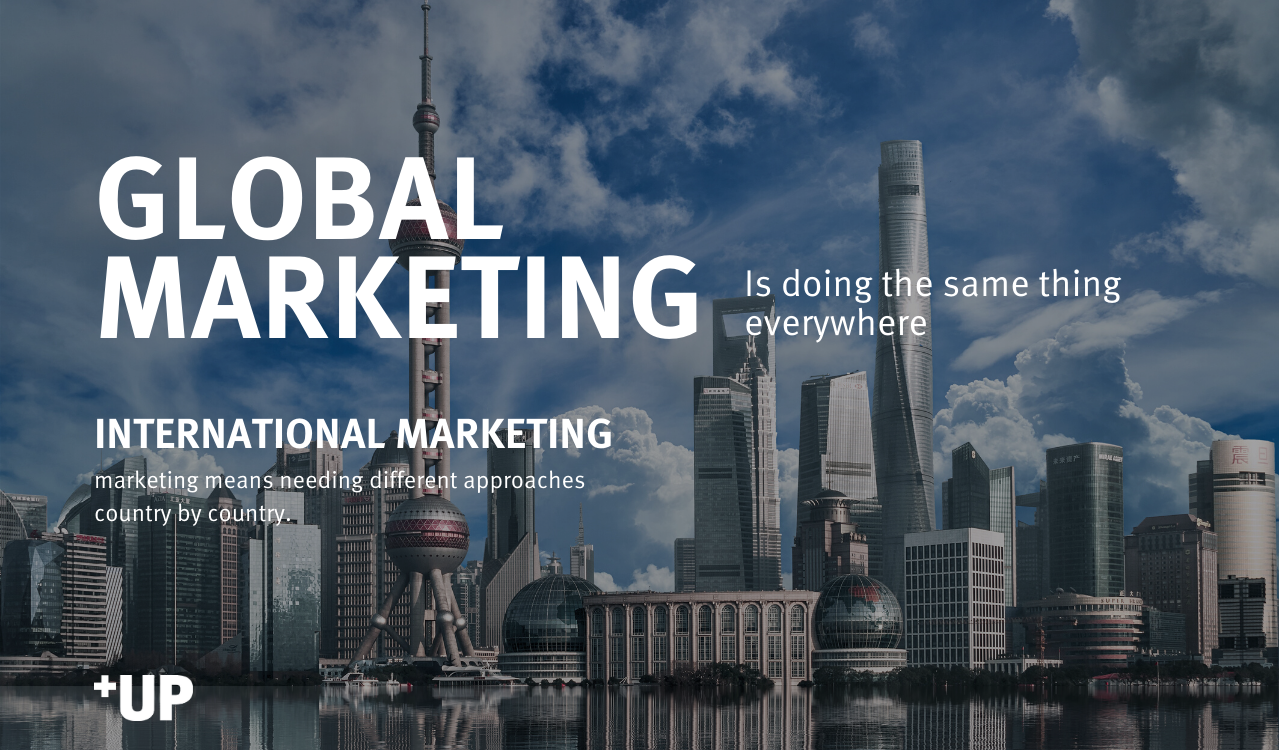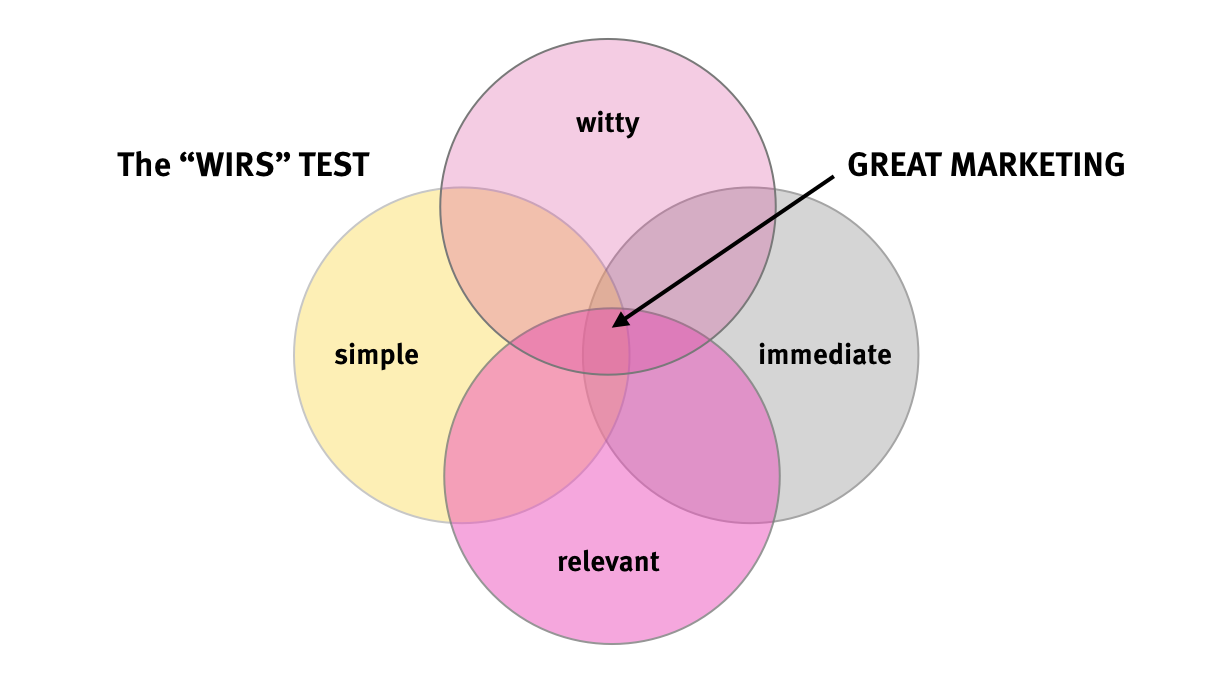The world is changing. Fast. It’s becoming ever more connected with fewer differences between countries. The same goes for marketing. And branding. Global companies today can’t afford to ignore the changes that are affecting the way they sell their products, position their brands and interact with their customers.
Holding onto the old ways of establishing a brand: from the top down and without the involvement of the people it serves doesn't work anymore. It’s time for brand CMOs to recognize that and create global brands that feel authentic to customers, and stay true to the brand’s core values…across markets, across borders, across time.
The top global brand CMOs get it: A recent survey by Accenture pointed out that 90 percent of today's CEOs and chief marketing officers believe the CMO role will change fundamentally over the next three years as marketing undergoes a profound and enduring shift.
75% of CMOs admit their old formulas are no match against new disruptors that are able to deliver relevant customer experiences
10 things I learned as a global brand CMO
Getting global marketing right takes effort and expertise. Here are some insights I gained from working both as the CMO for a global life science company, as well as running several marketing and advertising agencies, including the world’s first global cloud-based agency.
1. Always know who your audience is.
One key mistake some global CMOs make is failing to think about their audience and developing a clear persona. You need a picture in your mind of the person you are trying to influence. Who are they? What are they interested in? What problems are they trying to solve? Think about them as real people. Give them a name (for example, in Place Branding, these might be “Bill and Martha”). Build profiles of all the people you are trying to influence and understand what really motivates them. To do so, you have to get inside their heads. Every time you make a strategy decision or create an advertisement or piece of content, ask yourself “What would Bill and Martha think?”

Keep Bill and Martha in mind with every decision you make about branding, marketing and content.
2. Global means local.
Most marketing and communications professionals these days have heard of one or more the epic international branding mistakes made by companies like Chevrolet with the “Nova” and Coca-Cola with “bite the wax tadpole.” You know the importance of vetting your products (and brand names) in a local market before an international product launch.
But today’s great global brands go beyond having translated well. They really understand the local markets. For example, when Lever brothers first entered the US market, they couldn’t sell their brand of soap. Americans wanted it bigger and cheaper, whereas in Europe, customers wanted a product that appeared more high quality and was smaller.
Now, B2B brands are becoming more global like consumer brands are, partly because of social media and YouTube. It’s becoming cheaper and more effective to create global marketing at the top end. But when you approach content marketing, you still need content in the local language. Translating it might not be enough. Your audience is different in each country so the content may need to be as well.
3. International is not global.
On the other hand, we are seeing more and more similarities in markets across countries. When you travel today, you see the same stores, the same coffee shops in all markets. International marketing means needing different approaches country by country. Global marketing is being able to do the same thing everywhere.
How do you know which you need to be? Global or international? One way is market research. Find out if the market is ready. Think about your brand the way McDonalds does with their slogan “I’m loving it”. They use it everywhere. It works for everything. Plenty of brands do that.
Many technology and life science companies can be global right from the start. Scientists all read the same magazines and research publications. The science is global and crosses borders quickly. Many technology companies set the standards on a global level with groundbreaking products that create a market; think about Bitcoin, Uber or Spotify. Yet, for medtech and pharma companies, regulatory issues mean that global branding faces a variety of communications restrictions and differences on the international level from market to market.

Global marketing is being able to do the same thing everywhere. International marketing means needing different approaches country by country.
4. Be brave.
If you want your brand to stand out, you have to do something that makes it stand out. Don’t be afraid take a position. You might annoy your competitors (or even some of your potential audience), but if you want to be noticed and remembered you have to do something that makes an impact. For example, consider the positioning of “Stockholm, the Capital of Scandinavia.” This caused a quite a stir internally when we suggested it – and externally when we launched it. But it was based on research and audience perception, and more than 15 years on, it has withstood the test of time.
5. Watch your competition.
Keep your eye on what your competition is doing. Don’t worry about them or try to be them, but learn from they’re doing. What is successful? What fails? When launching a new product or company, don’t be afraid to go where there’s competition. Proven demand is a good thing. Focus on what separates you from them, and what your core proposition to your audience is. Never think just because something is already being done, that you can’t do it better.
6. Be authentic.
Stay true to your brand’s core values. Some of the best brands on the globe have remained true to their core principles and values even as the world has changed around them. Brands like Apple and Nike have had positions for a long time and have not changed those positions as the consumer has changed. They may have changed their approach to how they convey their messages, but their core principles and their core values have remained steadfast.
Keep in mind that as you engage with your audience on social media, you can’t always stay in control of the message. Brands and marketers are used to working in a way in which they are in control of the message, the creative, and how it’s delivered. But in today’s world, you have to be ready for others to take their perception of your message and run with it. That’s why being true to your core values in everything you do is so important. It will translate to how others speak about you.
Read more: Seven tips for social media success in highly regulated industries
7. Create demand.
Especially when launching a new product or company, you need to establish demand ahead of time. Don’t expect your product to sell itself. Create a buzz: do something to get people talking. Give early adopters the chance to feel the excitement of anticipation. And remember it’s easier to convince an existing audience to try a new product than to introduce a new concept to masses who aren’t ready for it.
8. WIRS is better.
So many great ideas get diluted down when internal stakeholders keep adding things to the original concept. You might start with an approach that is simple, but then various people in the company keep making suggestions; adding this or that to it (“Can we make the headline longer, add in a map of the stores, put all the products in not just one?”) Then, in the end, great work with clear thinking becomes a mess.
So what are the keys to making great marketing work? Follow what I call the “WIRS” approach, which serves as a benchmark for all creative work. Great marketing should be:
- Witty. Great communication often is something that engages you because it’s witty. It doesn’t necessarily make you laugh out loud, but it makes you smile. It’s something you want to engage with.
- Immediate. Great communication should be understood immediately. Your audience should get it right away (maybe people who aren’t your audience, don’t “get it” and that’s fine). But most communication, especially in the life science and medical device industries, goes wrong because it’s too complex. The message needs to be clear.
- Relevant. To the point above, that not everyone needs to get it, but your message or content should be relevant to your audience. Your brand position should be something that means something to your audience. Your message should be about their needs, not your technology or service features or nuances.
- Simple. Keep it simple, not complex. Branding and content, both should be easy to understand. Whether it’s the graphical look of it or the word choice, simple is always easier to remember. And you want people to remember.

Strive to create marketing that meets the WIRS test: Is it Witty, Immediate, Relevant, Simple?
9. Hire people better than you.
Smart people make you look smarter. Surround yourself with people who know about things you don’t. Don’t try to do everything yourself. Get people who can do it better than you and trust them to do it well.
10. Trust your agencies.
Hire agencies that know what they are doing and make them your partner. Set a budget and tell them what it is. Trust them to deliver value for the money. Make your agency a part of the strategic process from the start: don’t just hand off requests for deliverables. Keep in mind that nowadays, the role of agencies has changed. In the past you briefed the agency and they came back with an idea. Not that anymore. From inbound marketing and content marketing to brand strategy and campaign planning, a good agency can help you create marketing that resonates with your audience and achieves measurable results.
Make your global marketing work
Global branding is not just translating your message into a local language, or even creating an international presence. It means understanding your global audience. And gathering data and feedback from your customers about what works. It means creating a brand that reflects your core company values and manages to stay authentic in all your marketing activities and customer interactions while delivering bottom line results: new customers
Is your brand positioning working?
Get a free brand audit and marketing consultation.

